Electrochemistry produced by hydrogen and fuel cell technology
energy
, Is considered to be the key to global efforts to keep energy consumption away from carbon-based fuels.Although the electrochemical technology currently used for power generation has proven its
transportation
), but it is generally believed that breakthroughs in electrochemical materials are essential to achieve the actual performance, durability, and cost-effectiveness of electrochemical energy conversion systems such as fuel cells, such as fuel cells. In particular, the kinetic transfer of polymer electrolyte membrane fuel cells (PEMFCs) is limited by the slow kinetics of the oxygen reduction reaction (ORR). The ideal design of fuel cell electrodes includes a delicate balance in the relative proportions of the transport medium and catalyst particles, as well as their distribution and arrangement to form a more effective conductive network. Among them, when used in polymer electrolyte membrane fuel cells, unsupported Pt electrocatalysts exhibit excellent electrochemical stability. However, their extremely thinness and low porosity result in insufficient specific surface area and large mass transfer resistance.
Based on this, Yeon Sik Jung of Korea Institute of Science and Technology (KAIST) and Jin Young Kim of Korea Institute of Science and Technology (KIST) introduced a unique class of three-dimensional (3D) customized multi-scale Pt nanostructures (PtNAs) based on a single Pt nanostructure. Line building blocks are printed, which can be used for high-performance fuel cell electrocatalysts. Compared with commercial Pt/C, the 3D multi-scale PtNA manufactured by ultra-high resolution nano-transfer printing shows excellent performance (43% increase in maximum power density) and high durability (only 5% surface area is lost after 5000 cycles) . Related papers were published in Science Advances with the title “Conformation-modulated three-dimensional electrocatalysts for high-performance fuel cell electrodes”.
Paper link:
https://advances.sciencemag.org/content/7/30/eabe9083

Specifically, these unique 3D Pt nanostructures build PtNAs by sequentially stacking 2D arrays based on nanotransfer printing (nTP) technology. Among them, nTP is a powerful synthesis technology used to obtain various 3D building blocks and optimize the geometry and functions of 3D components. This is also the obvious advantage of PtNAs. Compared with commercial Pt/C, they have less tortuous mass transfer paths and higher active material utilization. It is found that the best-performing PtNA has a specific activity of 1.88 times higher than that of the ordinary Pt/C catalyst in the half-cell, and the maximum power density in the single cell is 43% higher than that of the traditional Pt/C catalyst. In addition, theoretical and experimental analysis was used to explore these newly designed PtNA catalysts, and the observed excellent performance and durability results revealed an important relationship between 3D structural parameters and catalytic performance.
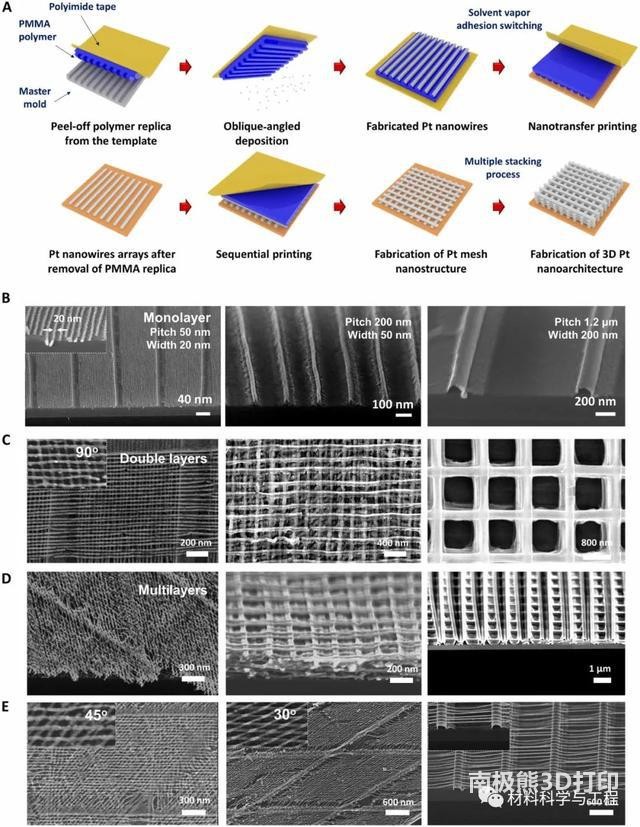
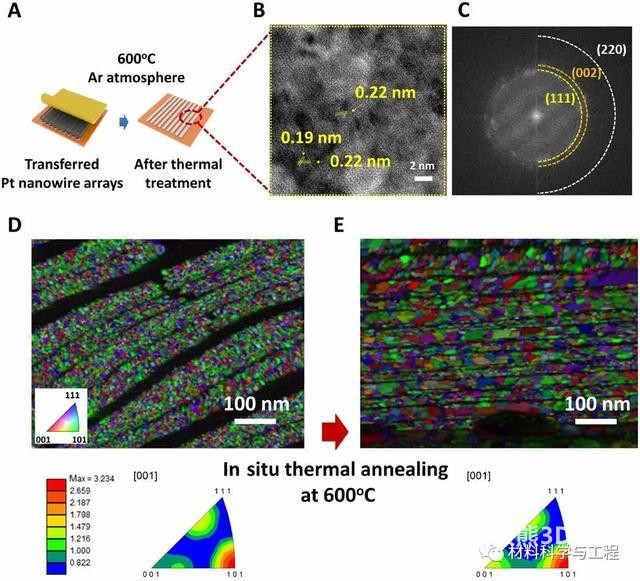
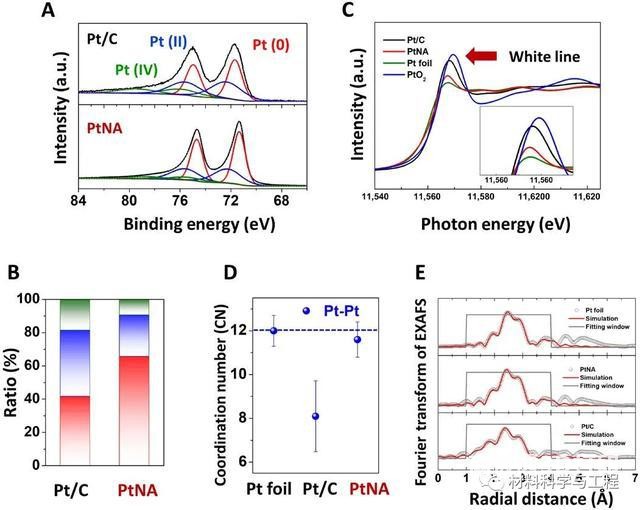
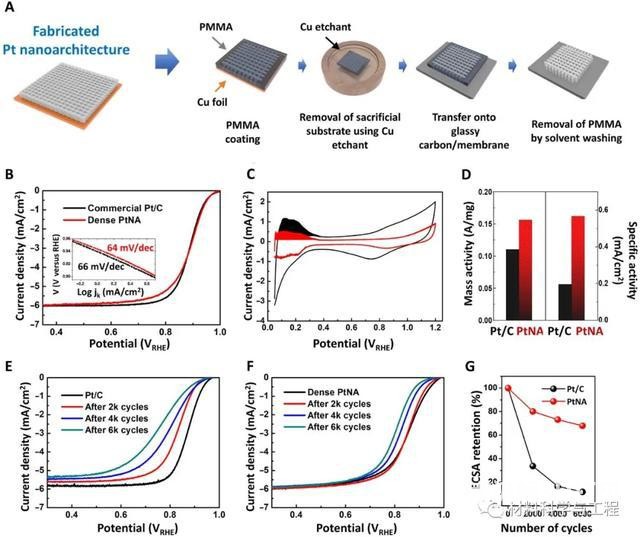
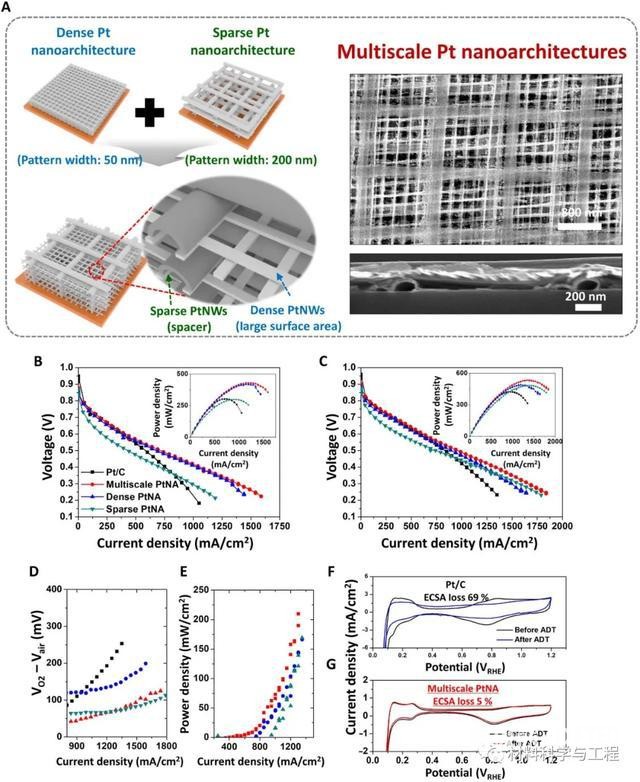
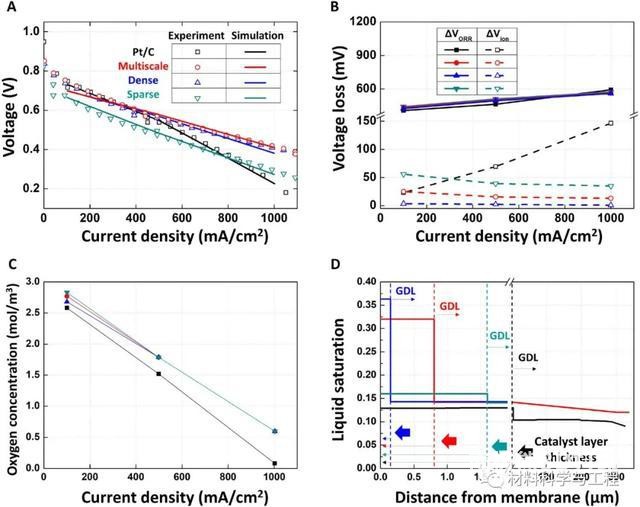
In summary, this paper demonstrates that multi-scale PtNAs can be manufactured as high-performance electrocatalysts for PEMFC by 3D stack printing of aligned Pt nanowire building blocks with controlled diameter and spacing. Electrochemistry shows that single-mode PtNA is not ideal in terms of ECSA and mass transfer, which indicates that multi-scale PtNA consisting of dense and sparse building blocks is designed and constructed to maximize its electrochemical performance. Combined with theoretical and experimental research, the utilization rate and specific effective surface area of the catalyst were also evaluated to determine the best structure. (Text: Doublenine)
(Editor in charge: admin)


0 Comments for ““Sci Adv”: A unique 3D printed electrocatalyst for high-performance fuel cell electrodes”